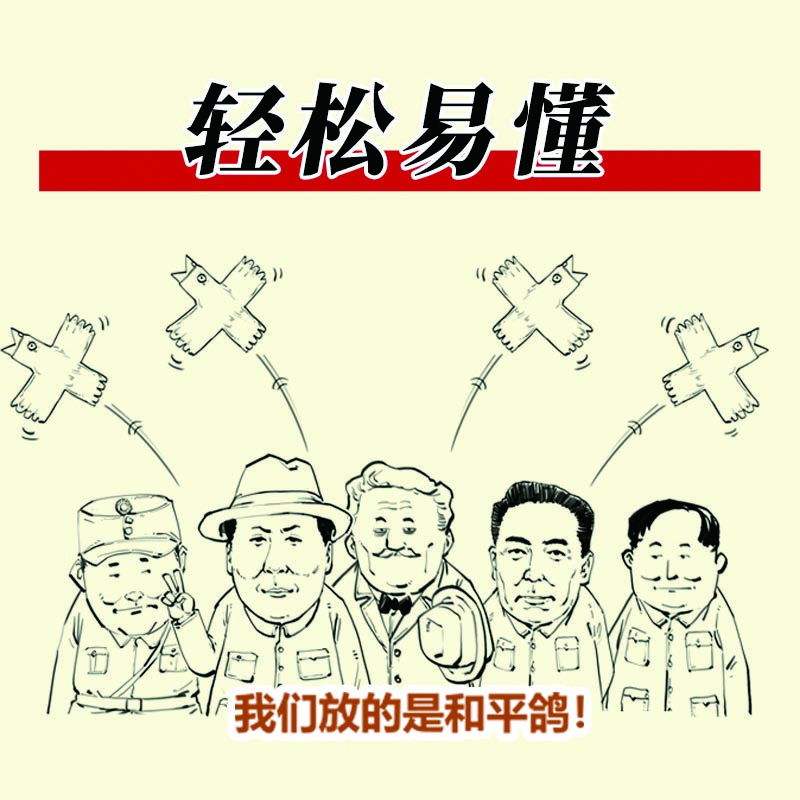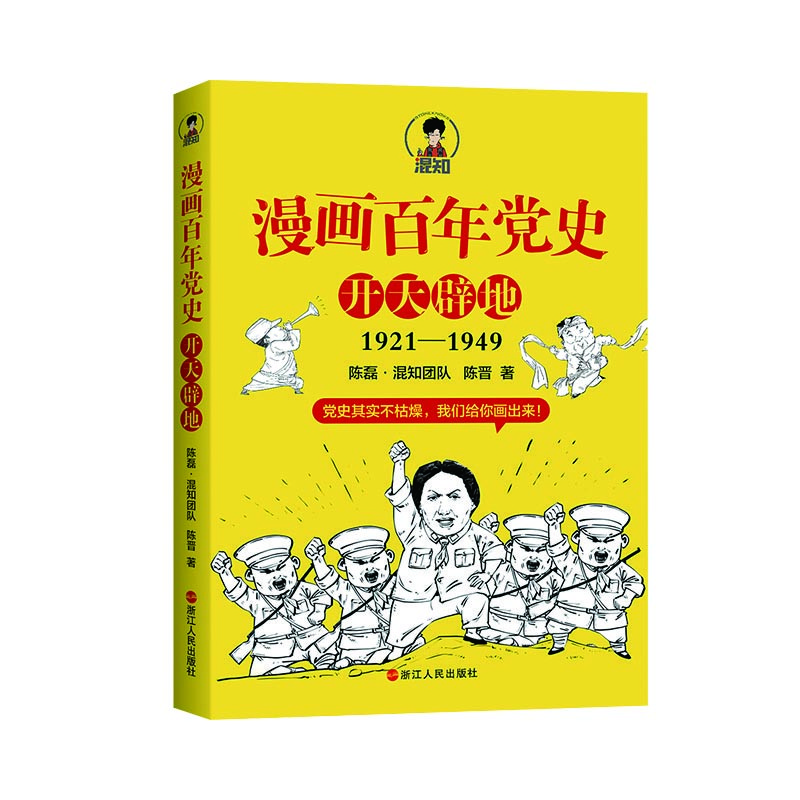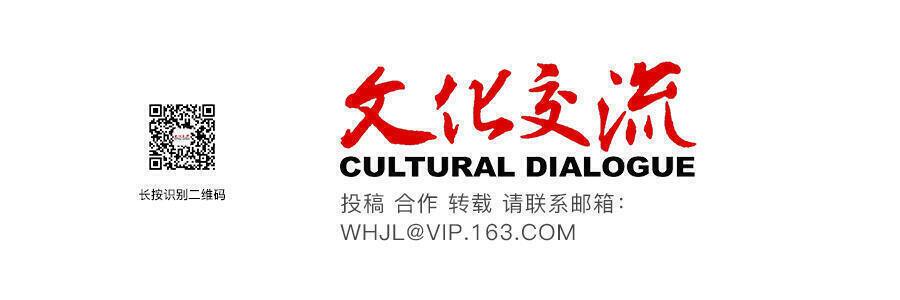
Via comics and interesting stories, the book has made the history of CPC from establishment to its leading the Chinese people to found the People’s Republic of China much more accessible to average readers
Co-created by Chen Jin, former deputy director of the Party Literature Research Center of the CPC Central Committee, and Hunzhi, a team led by young cartoonist Chen Lei to share knowledge of history, science and culture through cartoons and comics, 100 Years of CPC History in Comics: The Making of an Epoch is destined to be a paragon in communicating the stories and the history of the Communist Party of China (CPC) in a most vivid way. The book, published by Zhejiang People’s Publishing House, is the first installment of the “100 Years of CPC History in Comics” series.
To begin with, this is a groundbreaking and unique book on Party history. The CPC Central Committee has called for the study of the Party history throughout the whole society, which is aimed at not only Party members but also a large number of non-Party members and young people. While serious books on Party history abound, it is evident that a tome such as the 360,000-word A Brief History of the Communist Party of China may prove to be too trying for the general public and teenagers to read word for word. Therefore, to communicate the Party history in a more concise and refreshing manner is an important point to ponder on. It is true that Party history literature specialists, Party school researchers and university scholars have been doing an admirable job studying and disseminating the Party history. But most of the time, their focus is more on the research per se: telling the historical facts and theories accurately is sufficient. How to spread the messages and how to make the messages more palatable to the tastes of the general public are only secondary considerations. It is surely not easy for people to swallow the history in two or three hours, but the book 100 Years of CPC History in Comics: The Making of an Epoch has achieved precisely that.
Second, the book’s success has a lot to do with its authors. Chen Jin has been engaged in the research and dissemination of Party history for a long time and is a senior expert in this field. A major strength of Chen’s writings on the Party history is his sharp insight and his literary language. He has penned the narrations for many Party documentaries produced by CCTV, China’s central television station. The language of the narrations, based on historical facts, is magnificent, thought-provoking and inspiring. Indeed, Chen is among the first Party historians attempting to bring the Party history from the “ivory tower” to the general public, and it is no surprise he is ahead of the curve. As he said, it is a new experience for him to work with the “post-80s and post-90s” (those born in the 1980s and 1990s) on this book, but it shows that for every generation, there are new forms of expression that they are willing to embrace, which should be constantly satisfied.
Then, a strong creative and editing team ensured that the book had a good foundation and a solid framework from the beginning. To cover the 28 years of history from the founding of the Party in 1921 to the founding of the People’s Republic of China in 1949, there can be a variety of approaches. This book has divided it into 10 parts, each supported by detailed history and each with a proper mix of hard facts and interesting comic art. As well as the Party’s general history, new academic research has also been incorporated.

A poster for the book 100 Years of CPC History in Comics: The Making of an Epoch
Last but not least, the book has made the Party history come alive, which is often easier said than done. Although all the historical characters have been turned into cartoons, the authors have taken care not to over caricaturize any people or any event, making the book both a fun read and a valuable historical guide. For example, the first two parts on China’s modern history were presented in the format of test papers, which middle-school and primary-school students may easily relate to.
When it comes to the Lugou Bridge Incident, the line the invading Japanese soldiers uttered was “kai men, diuren le”, which could be translated and understood in two ways. One is “Open up, we lost a person”, the pretext used by the Japanese army to launch a full-scale invasion of China. Another is “Open up, we are a disgrace”, which will unquestionably produce hearty laughs. Another example is the Chongqing Negotiations, when Chiang Kai-shek sent an invitation to Chairman Mao to come to Chongqing, hoping instead that he would “fang gezi”, which, literally translated as “release a dove or a pigeon”, means “to miss an appointment or fail to keep one, or stand somebody up”. In the end, Chairman Mao did “fang gezi”: by accepting the invitation and joining Chiang in Chongqing, he “released the peace dove”.
All in all, this book has accomplished the goal of communicating the Party history to a wider readership. For the following books of the series, the authors could do worse than dwelling more on how to guide the readers to think even deeper about the stories and the history behind those hilarious one-liners. It may well be a demanding task, which, well executed, will make the series even better.
Editor:Huang Yan





